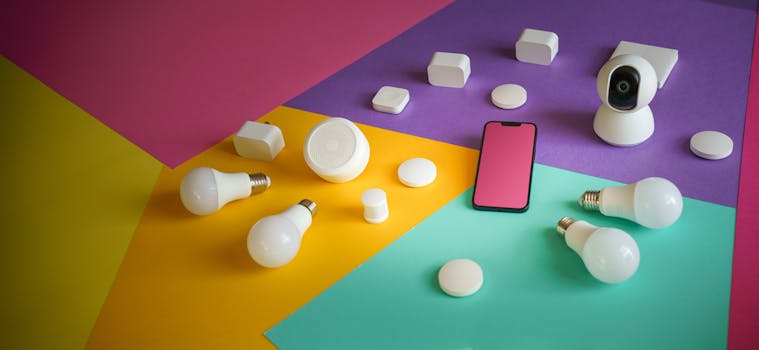
Smart Connectivity: The Role of IoT in Modern Communication
Smart Connectivity, the concept of interconnected devices and systems, has become a cornerstone of modern communication. At the heart of this revolution is the Internet of Things (IoT), a network of physical devices, vehicles, home appliances, and other items embedded with sensors, software, and connectivity, allowing them to collect and exchange data. In this article, we will delve into the role of IoT in modern communication, exploring its impact, applications, and future prospects.
The IoT has been instrumental in transforming the way we communicate, interact, and navigate our surroundings. By enabling devices to communicate with each other and their environment, IoT has given rise to a new era of smart connectivity. This connectivity is not limited to personal devices but extends to entire cities, industries, and infrastructure, creating a complex web of interactions that are changing the fabric of our daily lives.
The Impact of IoT on Modern Communication
The impact of IoT on modern communication is multifaceted. On one hand, it has enabled unprecedented levels of convenience and efficiency. For instance, smart home devices can be controlled remotely, allowing individuals to manage their environment with ease. Similarly, wearable devices and health monitors can track vital signs and provide real-time feedback, promoting health and wellness. On the other hand, IoT has also raised significant concerns regarding privacy and security, as the increased flow of data creates vulnerabilities that can be exploited by malicious actors.
Moreover, IoT has facilitated the development of smart cities, where urban planning, traffic management, and public services are optimized through data-driven insights. This not only improves the quality of life for citizens but also enhances the economic competitiveness of cities. In industries, IoT has enabled predictive maintenance, supply chain optimization, and quality control, leading to increased productivity and reduced costs.
Applications of IoT in Modern Communication
The applications of IoT in modern communication are diverse and widespread. In the context of personal communication, IoT devices such as smartwatches, fitness trackers, and smartphones have become essential tools for staying connected. These devices enable seamless communication, provide access to information, and offer a range of services that enhance personal productivity and entertainment.
In the realm of industrial communication, IoT has enabled machine-to-machine (M2M) communication, allowing devices to exchange information and coordinate actions without human intervention. This has led to the development of autonomous systems, such as self-driving cars and drones, which are poised to revolutionize transportation and logistics.
Furthermore, IoT has also played a critical role in the development of smart grids, which are designed to manage energy distribution efficiently. By integrating IoT sensors and devices into the grid, utilities can monitor energy usage in real-time, predict demand, and optimize supply, leading to reduced energy waste and lower costs for consumers.
Future Prospects of IoT in Modern Communication
As IoT continues to evolve, its role in modern communication is expected to expand significantly. With the advent of 5G networks, IoT devices will be able to communicate at higher speeds and lower latencies, enabling more complex and demanding applications. The integration of artificial intelligence (AI) and IoT will also become more prevalent, leading to the development of intelligent systems that can learn, adapt, and make decisions autonomously.
Moreover, the convergence of IoT with other technologies, such as blockchain and edge computing, will create new opportunities for secure, decentralized, and efficient communication. This will be particularly important for applications that require high levels of trust and security, such as financial transactions and personal data exchange.
In conclusion, the role of IoT in modern communication is transformative. By enabling smart connectivity, IoT has opened up new avenues for interaction, efficiency, and innovation. As we look to the future, it is clear that IoT will continue to play a central role in shaping the fabric of modern communication, with profound implications for individuals, industries, and societies alike.
Therefore, as we embrace this new era of smart connectivity, it is essential that we prioritize security, privacy, and sustainability, ensuring that the benefits of IoT are equitably distributed and its risks are mitigated. By doing so, we can unlock the full potential of IoT and create a future where communication is seamless, efficient, and empowering for all.




